CEO Antonio Neri: 7 Takeaways From HPE’s Securities Analyst Meeting
Hewlett Packard Enterprise CEO Antonio Neri weighed in on a wide range of issues at HPE’s annual securities analyst meeting from the ‘super, super strong’ demand for technology solutions to supply constraints to the momentum around GreenLake.
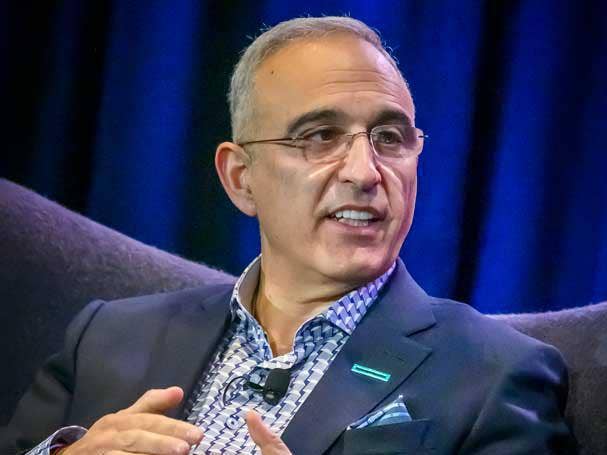
‘Capitalizing’ On Technology Megatrends To Drive Profitable Growth
Hewlett Packard Enterprise President and CEO Antonio Neri told Wall Street analysts that HPE is “capitalizing” on significant technology “megatrends” that will result in sustainable, profitable growth for the company and its investors.
The global pandemic has “created a new and different world” that is accelerating megatrends that HPE bet on years ago, including intelligent edge, said Neri at the company’s annual securities analyst meeting Oct. 28.
“The pandemic has accelerated several relevant megatrends,” said Neri. “First, we see the explosion of data at the edge driven by the proliferation of devices and things. As [market research firm] Gartner recently predicted, by 2025 more than 50 percent of enterprise managed data will be created and processed outside a data center or the cloud.”
Neri, in fact, in 2018 declared the edge as the “next frontier,” backed up by a $4 billion bet over four years in the edge business. “We see the benefits of this investment in double-digit growth,” he said.
In the most recent quarter, HPE’s intelligent edge sales were up 27 percent from the year-ago period to $867 million on a record number of new orders and a backlog five times greater than a year ago.
“We have all witnessed the importance of living and working at the edge firsthand, particularly over the last 18 months, whether it was watching our children engage in distance learning, having doctors provide health care through telemedicine or simply working from home,” said Neri. “Secure connectivity is essential in this new reality.”
The second big megatrend, said Neri, is the need for a “cloud experience everywhere,” which HPE has capitalized on with its HPE GreenLake edge-to-cloud pay-per-use platform that is now driving big sales gains. HPE GreenLake channel orders, in fact, were up 152 percent in the most recent quarter.
“Looking ahead, the next decade will be about managing data and workloads wherever they live across a distributed enterprise—a cloud-everywhere mandate,” he said. “In fact, 92 percent of enterprises have embraced multi-cloud strategies and they recognize the need for different cloud environments for different types of data and workloads.”
The third megatrend, said Neri, is data as the new currency that powers the digital economy. “Data is now our most valuable asset, and I predict that one day it will be recorded on balance sheets,” he said.
“Data is growing and evolving rapidly, its characteristics are shifting as it becomes more unstructured, more time-sensitive and more distributed,” said Neri. That is leading to greater momentum for HPE’s GreenLake edge-to-cloud platform, he said.
“Customers need a data-first modernization approach across edge to data center to cloud and this is why HPE declared our vision to become an edge-to-cloud company,” he said. “Our HPE GreenLake platform accelerates multi-gen IT transformation through a unified cloud service experience that enables customers to access, control and maximize the value of all their workloads and data. It is an open, secure, fully integrated platform that brings a unified experience across the edge, data center, colocation and cloud. It is automated and easy to consume with capacity available to scale up and down on demand. It offers true pay-per-use consumption so customers only pay for what they use.”
HPE is now forecasting a three-year compound annual growth rate of 35 percent to 45 percent for annualized recurring revenue (ARR)—a key measure of GreenLake adoption—up from the prior 30 percent to 40 percent forecast.
At the same time, HPE said GreenLake is driving higher margins, with the ARR percentage of software and services set to soar from 61 percent in fiscal year 2021 to 77 percent of $2.3 billion in fiscal year 2024.
For the overall business for fiscal year 2022, HPE is forecasting 3 percent to 4 percent revenue growth with an increase of non-GAAP operating profit of 10 percent to 15 percent and free cash flow of $1.8 billion to $2 billion.
Here are seven takeaways from Neri’s question-and-answer session with analysts at HPE’s securities analyst meeting.

‘Super, Super Strong’ IT Demand
The demand is super, super strong. It goes back to the megatrends I talked about earlier. Connectivity is off the charts. Obviously, cloud experience for all the applications on-prem is very, very strong with GreenLake. And anything that has to do with data insight is exploding because customers now realize they have to create new business model opportunities through the lens of the data.
We have a unique edge-to-cloud portfolio coupled with better execution. We have been on a journey to improve our go-to-market execution. Our go-to-market is performing extremely well.
I was just with our channel partners two weeks ago, and they talked about two things: Your vision and strategy are perfectly aligned to the customer needs, and GreenLake is on fire. And when I bundle all this together it gives us the confidence that we are going to continue to basically drive this momentum.
To give you a sense of how confident we are in [in our momentum], we are placing POs [purchase orders] for aspects of our portfolio—in particular in the Aruba business—52 weeks ahead. That tells you how confident we are in our unique value proposition and the strength of the demand that we will continue to drive the momentum we have seen in the last three quarters.
I can tell you so far no one has canceled any orders with us.

Supply Chain Prognosis: Things ‘Get Better In Second Half Of 2022’
We continue to take our own measures [to deal with the supply chain crisis]. We started this journey at the end of 2020 when we started building a buffer in our inventory.
We continue to take actions in our engineering efforts because obviously one of the key distinctive aspects or attributes we have as a company is fantastic engineering, which allows us to do substitutions, and also with our go-to-market to steer demand where there‘s more availability.
But there’s no question that we are going to end Q4 with a higher backlog than we anticipated.
We know that the first half [of 2022] will be a little more challenging but, as always, we think we are well positioned to navigate through that and we will continue to take the necessary actions with our suppliers and our go-to-market to get through the other side of this, which we think will get better in the second half of 2022.
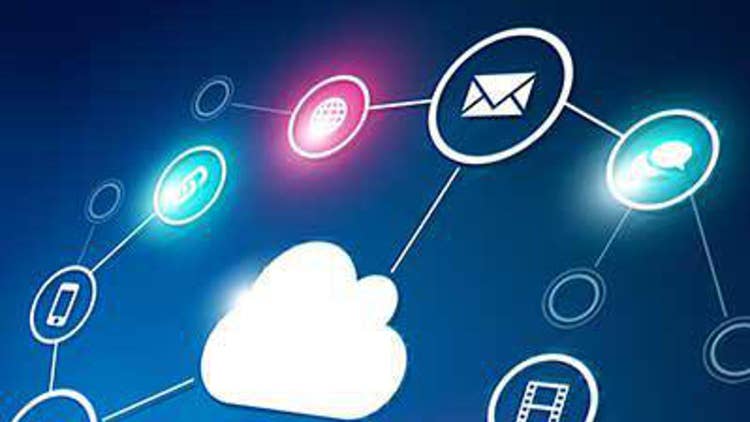
HPE’s ‘Next’ Initiative And IT Modernization Driving A New Subscription Model
Since I became CEO [in 2018] we embarked on a journey called HPE Next [a growth and profitability initiative aimed at streamlining and optimizing HPE]. At the time, we rearchitected our go-to-market. Now we see the progress that we have made by eliminating layers and simplifying structure.
At the same time, we went through a business process/IT modernization of this company. We are almost there. Believe it or not, we are [soon] going to be standardized on one way to do business across the entire company: one single ERP system, one single version of data, more automation in our processes.
That also gives us confidence over time to increase productivity and operating leverage. Not just because we need less people. It is because we are going to be way more efficient in the way we engage our customers.
With the edge-to-cloud architecture of our portfolio, we are also adding the as-a-service automation for subscription and consumption. We believe that is a significant point of differentiation. It is incredibly hard to do at the scale of a company like ours. It also is a way to mitigate potentially some of the costs associated with head count because we will need less people but we can focus on the right people for the future.
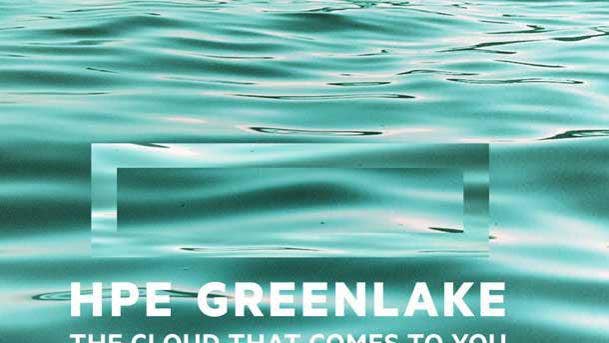
Customers Banging On HPE’s Door For GreenLake
We have a unique cloud platform that we have been building for several years with the principles of openness, inclusion of data management services, a true consumption model and unification of the cloud.
Customers are coming to us. I mean it is not like I have to make a tremendous amount of effort to present GreenLake. Our pipeline is just amazing. That is why we are seeing consistent [GreenLake] growth every quarter. We are very bullish about this business.
Obviously, we are now operating in a cloud environment, which means we need to keep adding features and new experiences and capabilities [to GreenLake].
We need to continue to invest in a balanced way to capture that opportunity. As you saw [in our investor presentation], that transition to as a service is going to grow 46 percent over the next few years.
What is attractive to customers is the ability to provide a true open [edge-to-cloud service] with flexibility. More and more, they are using it to drive digital transformation from a data-centric approach—not just running compute and storage. That is our opportunity including, by the way, the connectivity aspect of this.
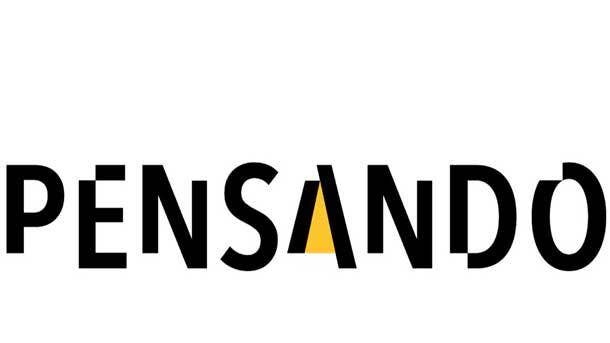
The HPE Pensando Network Architecture Advantage
We are very bullish about the partnership with Pensando. We see the world the same way as [former Cisco Systems CEO] John [Chambers] and Pensando.
The enterprise today operates in a much more distributed way where the edge becomes way more critical. Therefore, the architectures are evolving. These edge-to-cloud set of architectures need connectivity at the point where data is created. So we see several opportunities—No. 1 is the opportunity to integrate the Pensando technology into our compute platforms because now as you know there is an offload from how data is processed in the server into the network. We have a unique set of technologies there that combined with Pensando provide a true differentiated solution.
We have our Silicon Root of Trust that will be integrated with Pensando and our security stack, which we announced a couple of months ago and is called Project Aurora, that will test every level of the stack. That is a point of differentiation for customers because they don’t need to invest in more layers of security. We take Capex away and we improve Opex.
The other one—which we announced 10 days ago—is the distributed services network, which allows us to move from the campus and branch into the edge of the data center and eventually into the data center where we simplify the architectures at the application layer, which allows us to build that networking application-centric approach. Therefore, we can move data from west to east and east to west in a much more efficient way.
So you take that and the integration with the server and we can create the next-generation cloud-native stack, which we will deliver through our offer called HPE GreenLake Lighthouse that we introduced at [HPE] Discover in June. And now we embed the HPE Ezmeral software, which is the runtime with security that gets integrated. That is not only revenue growth, but it is a significant margin expansion opportunity for both the intelligent edge business as well as over time in our workload-optimized solutions which, by the way, includes compute.

The HPE Financial Services Advantage
HPE Financial Services transforms and repurposes IT assets into new IT capabilities through its technology renewal centers. In 2020, we recovered 3.1 million IT assets and refurbished 87 percent for a second life. At the center of our sustainability strategy is our commitment to become a net zero enterprise by 2050. We continue to make our climate goals more ambitious and plan to publish new targets in our net zero road map in the year ahead. We see our sustainability initiatives as a business driver. In fiscal year 2020 alone, $847 million in HPE revenues were directly attributable to customers choosing HPE because of the environmental benefits of our solutions.
The one thing that we are super, super pleased about is that HPE Financial Services—an incredibly well-run business— now generates positive free cash flow.
As we go forward it is going to be a very strategic lever for the as-a-service business. But right now free cash flow from HPFS is a positive contributor to [deliver] that free cash flow of $6.5 [billion to] $7 billion [compound annual growth rate of 15 percent to 20 percent growth from fiscal year 2022 22 to fiscal year 2024].
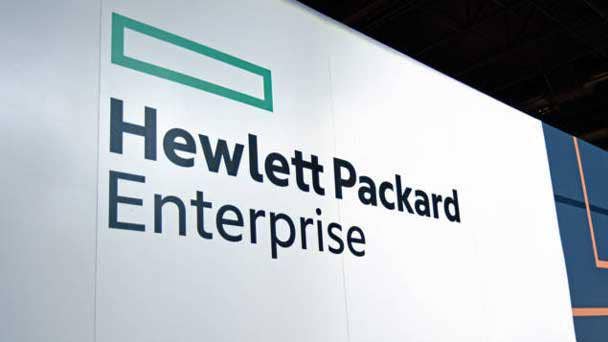
HPE’s As - A - Service Leadership
Obviously, some people are out there trying to move into the same space. But we [are] years ahead of them with our leadership here. And that is what resonating with customers today.
We have already added another 200 [GreenLake] enterprise customers [this year] and growing. But what we do here is land and expand. What is amazing about this is that not one customer that has landed on GreenLake has gone backward and said, ‘Now I need to scale down.’ Everyone keeps adding new capacity either with what they have or expanding to new workloads.
We have seen customers just starting with computing elasticity now going into data services and then the edge. And that’s the power of GreenLake. It is a true edge-to-cloud architecture that will provide customers one integrated experience where they can learn, try and buy [GreenLake] and also run it in their [current IT] environment.
Even in the last three days we announced multiple [GreenLake] customers. They see a reduction in Opex and they don’t need to make the capital investment. At the same time, they also see the sustainability improvement which, obviously in the case of some customers, they see a 30-plus percent energy reduction.
It is all coming together at the right time, but we need to keep fueling the momentum with more innovation. That’s why we hired [former VMware CTO] Fidelma Russo [as HPE’s new CTO]. She has a tremendous track record. We are so bullish about this that we are putting everything we can behind the [GreenLake] platform.